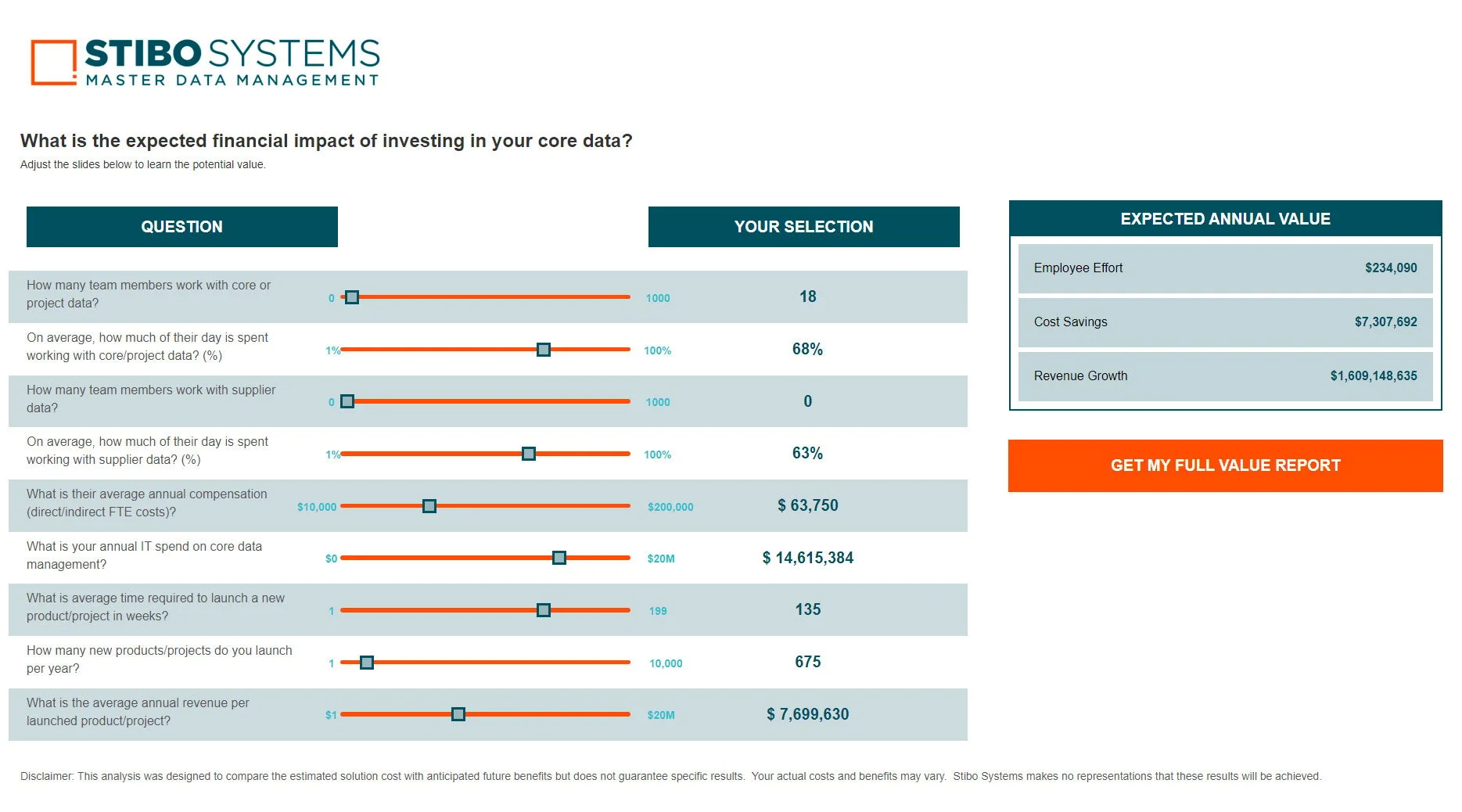In today's digital age, data is one of the most valuable assets of any organization. However, with the increasing volume and complexity of data, organizations are facing challenges in managing and securing their data effectively. Data governance and data security are two critical concepts that organizations must understand and implement to protect their data assets.
In this blog post, we will explore the difference between data governance and data security, why they are important and how organizations can implement effective strategies to manage and secure their data.

What is the difference between data governance and data security?
Data governance and data security are two related but distinct concepts.
Data governance refers to the overall management of data within an organization, including policies, procedures and processes for collecting, storing, using and sharing data. It involves ensuring that data is accurate, complete and consistent, and that it is used in compliance with legal and regulatory requirements. Data governance also includes defining roles and responsibilities for managing data and establishing standards for data quality and metadata management.
Data security, on the other hand, focuses on protecting data from unauthorized access, use or disclosure. It involves implementing security controls and technologies to ensure the confidentiality, integrity and availability of data. Data security includes measures such as access controls, encryption and monitoring to detect and prevent security breaches.
While data governance and data security are distinct concepts, they are closely related. Effective data governance requires that data is managed securely, and data security measures must be aligned with data governance policies and procedures. In practice, data governance and data security often overlap and are integrated to ensure that data is managed and protected effectively.
Why is data governance and data security important?
Data governance and data security is important for several reasons:
-
Protecting sensitive information: Data governance and data security help organizations protect sensitive information such as customer data, financial information and intellectual property. Failure to protect this information can result in significant financial losses, legal liabilities and damage to the organization's reputation.
-
Compliance with regulations: Many industries are subject to regulations that require organizations to protect sensitive information and ensure its accuracy and completeness. Data governance and data security are essential for compliance with these regulations, which can result in fines and legal penalties if not followed.
-
Improved decision-making: Effective data governance ensures that data is accurate, complete and consistent, which is critical for making informed business decisions. Data security helps ensure that data is protected from unauthorized access and manipulation, which can compromise the integrity of the data and the validity of the decisions made based on it.
-
Competitive advantage: Organizations that have effective data governance and data security strategies can gain a competitive advantage by leveraging their data assets to make better business decisions, improve customer experiences and identify new revenue streams.
In summary, data governance and data security are important for protecting sensitive information, complying with regulations, improving decision-making and gaining a competitive advantage. Organizations that implement effective strategies for managing and securing their data can reap significant benefits while avoiding potential risks and liabilities.
Are you considering investing in data governance?
Calculate Now
Estimate the ROI of your data governance initiative.
How can organizations implement effective strategies to manage and secure their data?
Organizations can implement effective strategies to manage and secure their data by following these six best practices:
1. Develop a data governance framework
Establishing a data governance framework that defines policies, procedures and processes for managing data can ensure that data is managed effectively and in compliance with regulations. The framework should include roles and responsibilities for managing data, data quality standards and metadata management.
2. Conduct regular data risk assessments
Conducting regular data risk assessments can help identify vulnerabilities and areas of risk, such as unauthorized access, data breaches or data loss. The assessments should cover all data assets, including data in transit, data at rest and data in use.
3. Implement access controls
Access controls such as authentication and authorization can help ensure that only authorized individuals have access to sensitive data. This can prevent data breaches, data loss and unauthorized data access.
4. Encrypt data
Encryption can protect data from unauthorized access, even if it falls into the wrong hands. It can also help organizations comply with data protection regulations.
5. Monitor data usage
Monitoring data usage can help identify any unauthorized access or usage of sensitive data. Data usage monitoring can also identify patterns and trends that can be used to improve data governance practices.
6. Conduct regular training
Regular training on data governance and data security best practices can help ensure that employees understand their roles and responsibilities in protecting data. Training can also help prevent data breaches caused by human error or negligence.
In summary, implementing effective strategies for managing and securing data requires a combination of policies, procedures and technology solutions. By following these best practices, organizations can improve their data governance and data security practices, protect sensitive information and comply with data protection regulations.







